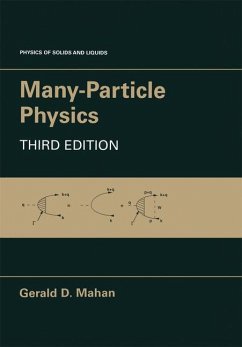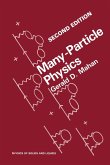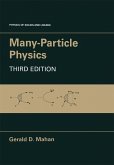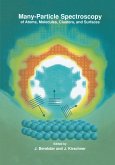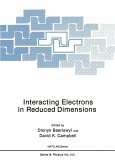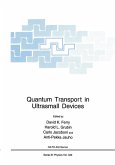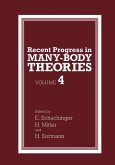This comprehensive textbook utilizes Green's functions and the equations derived from them to solve real physical problems in solid-state theoretical physics. Green's functions are used to describe processes in solids and quantum fluids and to address problems in areas such as electron gas, polarons, electron transport, optical response, superconductivity and superfluidity. The updated third edition features several new chapters on different mean-free paths, Hubbard model, Coulomb blockade, and the quantum Hall effect. New sections have been added, while original sections have been modified to include recent applications. This text is ideal for third- or fourth-year graduate students and includes numerous study problems and an extensive bibliography.
The first, second, and third editions of this book seem to occur at ten year intervals. The intent is to keep the book up-to-date. Many-body theory is a field which continually evolves in time. Journals only publish new results, conferences only invite speakers to report new phenomena, and agencies only fund scientists to do new physics. Today's physics is old hat by tomorrow. Students want to learn new material, and textbooks must be modified to keep up with the times. The early chapters in this book teach the techniques of many-body theory. They are largely unchanged in format. The later chapters apply the techniques to specific problems. The third edition increases the number of applications. New sections have been added, while old sections have been modified to include recent applications. The previous editions were set in type using pre-computer technology. No computer file existed of the prior editions. The publisher scanned the second edition and gave me a disk with the contents. This scan recorded the words accurately and scrambled the equations into unintelligible form. So I retyped the equations using LaTeX. Although tedious, it allowed me to correct the infinite numbers of typographical errors in the previous edition. The earlier typesetting methods did not permit such corrections. The entire book was edited sentence-by sentence. Most old sections of the book were shortened by editing sentences and paragraphs.
The first, second, and third editions of this book seem to occur at ten year intervals. The intent is to keep the book up-to-date. Many-body theory is a field which continually evolves in time. Journals only publish new results, conferences only invite speakers to report new phenomena, and agencies only fund scientists to do new physics. Today's physics is old hat by tomorrow. Students want to learn new material, and textbooks must be modified to keep up with the times. The early chapters in this book teach the techniques of many-body theory. They are largely unchanged in format. The later chapters apply the techniques to specific problems. The third edition increases the number of applications. New sections have been added, while old sections have been modified to include recent applications. The previous editions were set in type using pre-computer technology. No computer file existed of the prior editions. The publisher scanned the second edition and gave me a disk with the contents. This scan recorded the words accurately and scrambled the equations into unintelligible form. So I retyped the equations using LaTeX. Although tedious, it allowed me to correct the infinite numbers of typographical errors in the previous edition. The earlier typesetting methods did not permit such corrections. The entire book was edited sentence-by sentence. Most old sections of the book were shortened by editing sentences and paragraphs.
About the First Edition: `This is a worthy newcomer and will make an excellent teaching text.' Physics Bulletin `The book should serve as a valuable contribution to the library of students and researchers in solid state and theoretical physics.' Philosophical Magazine About the Second Edition: `Since its first edition, this book has become one of the most popular textbooks in quantum many-body theory, thus guaranteeing the interest of the scientific community in this second edition.' Mathematical Reviews

